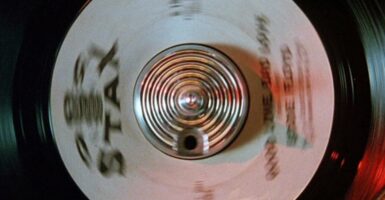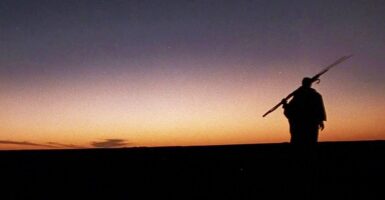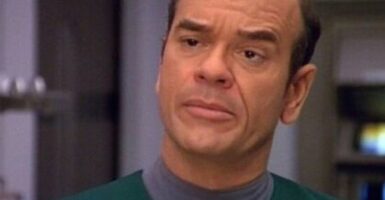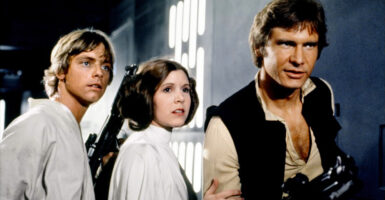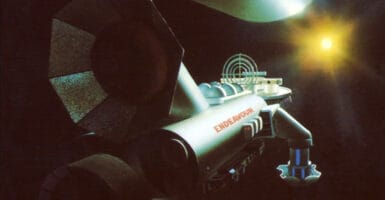The Universe May Have Been Formed From A Black Hole. Maybe.
This article is more than 2 years old
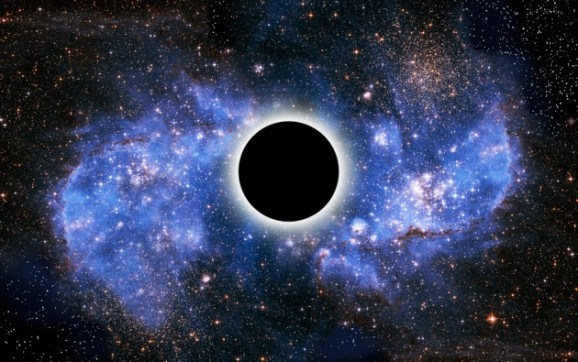 Space enthusiasts, listen up: some astrophysicists believe that the Big Bang may be bunk. You didn’t expect that theory to stick around forever, did you? It may yet, but it now has another theory to contend with—that the Universe was formed by a star collapsing into a black hole.
Space enthusiasts, listen up: some astrophysicists believe that the Big Bang may be bunk. You didn’t expect that theory to stick around forever, did you? It may yet, but it now has another theory to contend with—that the Universe was formed by a star collapsing into a black hole.
The Big Bang theory (sorry to disappoint you, but I’m not and won’t be referring to the show) essentially posits that the Universe was created by a singularity, or an explosion from a point of infinite density. The thing is, no one knows what caused the Big Bang—no computation or physical law (that we know of) can account for it, especially since time didn’t exist before the Universe’s creation. But it’s a question that has lingered on the minds of some scientists. Niayesh Afshordi of Canada’s Perimeter Institute for Theoretical Physics says, “For all physicists know, dragons could have come flying out of the singularity.” Oh man, I hope that’s true. And even if it’s not, I’m going to cling to that idea, or at least to that image.
Another niggling aspect of the Big Bang theory is that it doesn’t explain uniformity of the Universe’s temperature—after such a violent explosion, it’s unlikely that even by now a temperature equilibrium could have been achieved. Big Bang theorists speculate that after the singularity, the Universe expanded at a speed faster than light, creating a region of uniform temperature that then expanded into our Cosmos.
But Afshordi is skeptical of this theory and of the possibility that even a small patch could have been created from the chaotic Big Bang to start the homogenization of the Universe’s temperature.
Once you poke holes in one theory, you should have another at the ready. That’s where Afshordi asserts that a four-dimensional star went supernovae, sending its outer layers into space, while its inner layers formed a black hole.
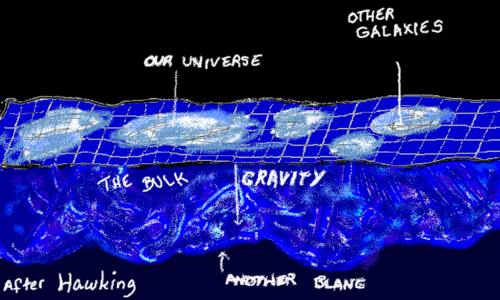
Afshordi’s theory is consistent with “brane cosmology,” which is a larger body of thought that the universe is a “brane” contained within a five-dimensional “bulk” spacetime. If your brain is starting to feel like a black hole as you try to wrap it around this idea, I’m right there with you. But it’s not quite as complicated as it sounds—there are, obviously, two-dimensional objects contained in our three-dimensional world. But say there’s a whole stack of two dimensional objects—per brane theory, each object would comprise its own 2-D universe, but they would all still be housed in the “bulk” 3-D universe.
In the case of Ashfordi’s theory, in the bulk universe, a boundary, or event horizon, inside of a 4-dimensional black hole would be created by a 3-dimensional hypersphere. He and his team created a simulation of a dying 4-dimensional star, which ejected material that formed a 3-dimensional event horizon inside of a 3-dimensional brane that would then expand.
Ashfordi thinks that our Universe is one such brane, and that what we perceive as the cosmos expanding is actually the brane growing. In other words, the Big Bang was “just a mirage.” If you want to see some of the crazy math or read the full text of Ashfordi’s theory, go for it. Understanding the complexities of his brane theory takes some serious brain work.
The theory is particularly interesting when considered in light of dark energy,the mysterious force or matter that causes the Universe’s expansion to accelerate, when due to gravity, the acceleration should be slowing down. Ashfordi’s explanation helps reconcile the acceleration by attributing it to the growth of the brane.
The only real problem with this new theory is that it doesn’t quite square up with theories about the Universe’s early moments derived from cosmic background radiation measurements that suggest that small fluctuations in temperature and density eventually became stars and galaxies. The observed patterns align with the Big Bang theory, but are off by about 4% when it comes to the new brane theory. But Ashfordi is undeterred, and is making slight revisions to his theory so it’s more consistent with what we know. Or what we think we know. Now that the Big Bang’s up for grabs, one can’t really be sure.




